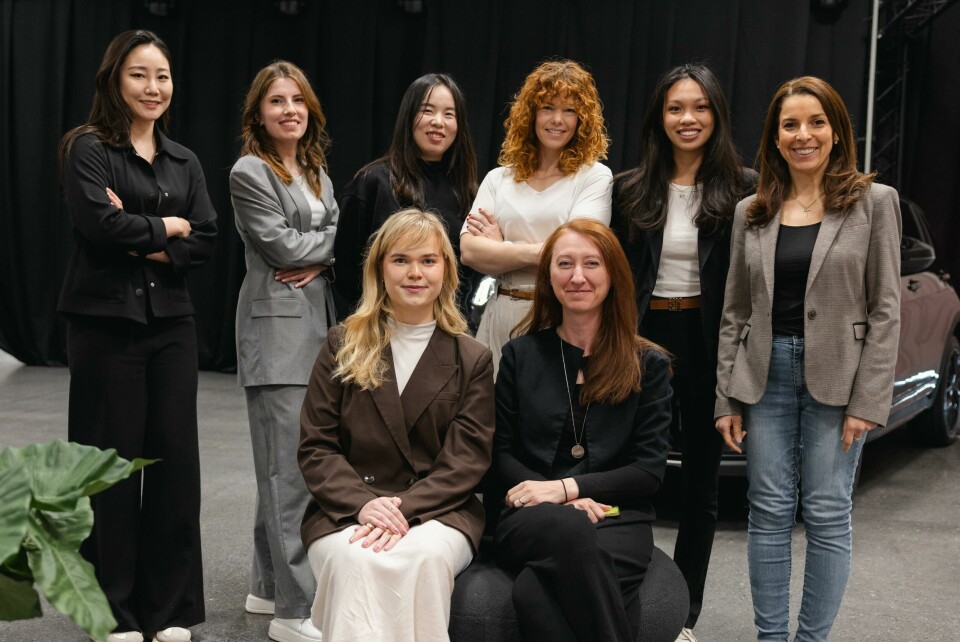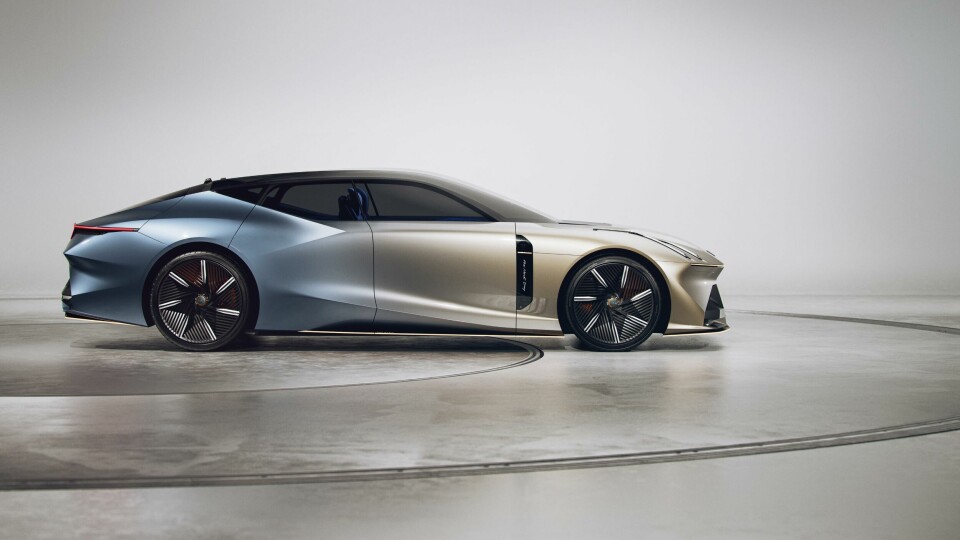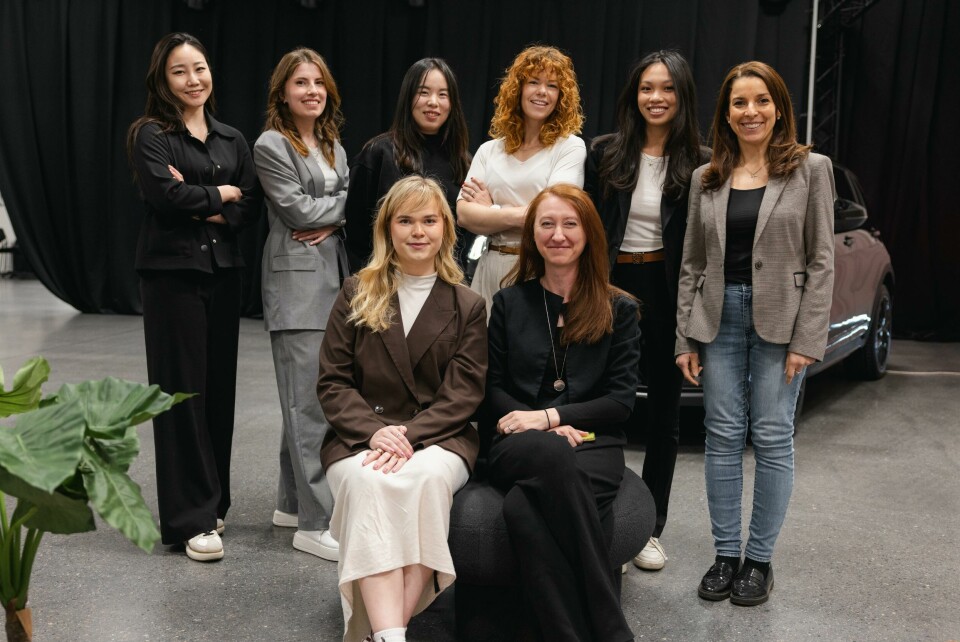
The women behind Lynk & Co’s design: “We’ve seen a big shift in the automotive industry”
Car Design News sat down with a selection of female automotive designers at Lynk & Co headquarters in Gothenburg for an open and honest conversation about gender inclusion within the industry
Once working in the margins of a male-shaped industry, today’s female car designers are steering the conversation and the craft towards a future where gender is no longer the most radical thing in the room.
It’s a long road from the early days of Helene Rother, remembered as the first female automotive designer at General Motors. Joining the interiors team in 1942, she brought European styling flair to midcentury Cadillacs, shaping instrument panels, hardware and seat construction. Her departure in 1947 – motives unconfirmed – marked the start of a quiet but significant shift.
By the mid-1950’s, GM hired the so-called ‘Damsels of Design’ – a group of women brought in to shape vehicle interiors that resonated with female consumers, whose influence of purchasing decisions were growing. While they introduced a domestic sensibility to cabin environments, their reach was kept firmly inside the vehicle, with the exterior studios remaining male-dominated. By 1960, only one ‘Damsel’ remained.
Today, gender imbalance within car design endures. Across Europe, just 13% of mobility designers are women – and that figure drops to a mere 7% in senior leadership. It’s a stark reality that continues to shadow the automotive world, even as the industry pushes towards transformation on every front.
But at Lynk & Co, the picture looks different. With 45% of the design team identifying as female (as of 2023), the brand is setting new benchmarks. Car Design News sat down with a group of these designers to find out what’s behind the numbers – and what still needs to change to move the industry from tokenism to true inclusion.
While the conversation frequently circled back to gender, many of the designers believe that talent and vision are what truly drives success. “It’s not really about gender,” said Victoria Gadzhieva, senior interior designer, “it’s about having competence and a vision and being able to deliver the project.” Eileen Hwang agreed but went further to add: “Sometimes my experience as a woman helps spot details that make the design feel more personal and relatable.”
Others highlighted how emotional sensitivity and sensory awareness shapes their work. “I’m quite emotional and fascinated by how cars can tell an emotional story,” said Jiaqi Wang, exterior designer, “but I think this perspective comes from who I am as a person rather than my gender.” Adriana Bochiniac Brito Girault, acting head of CMF, noted, “As women, we are more sensitive and therefore pay attention to detail. Touch and feel are really important as they evoke emotional memories.”
This attention to emotional and cultural cues also feeds into appealing to the customer. “We target a lot of female customers,” said Sara Borg, graphic designer. Louise Kivi, chief UX designer, also pointed to inclusive thinking: “We have more of an ergonomic perspective… but also a different perspective of what could support you while driving.” And for Julia Reiter, chief UX designer, challenging male norms is part of the job, “As a woman you challenge standards that are typically male driven and if your colleagues are open to this, you can push boundaries.”

As for how a female and personality-driven perspective has gone on to influence final products, the women have an impressive portfolio. Gadzhieva reminisces on how she gravitates towards creating strong, clean design statements and this being reflected in the 03 facelift, the Z10 electric sedan and the Next Day concept car. Kivi added that her background in leaning towards softer designs resulted in the Z10 sedan as a car with emotion.
Changing the culture
While gender plays a role in shaping perspectives, the designers were clear that inclusion must go beyond representation. The key to this is an open dialogue in the studio where everyone feels encouraged to contribute.
For Gadzhieva, this means creating an open environment: “I believe we’ve seen a big shift in the automotive industry,” and she went on to recall conversations with industry veterans who expect further progress ahead.

At Lynk & Co, inclusion feels embedded in daily practice. Hwang emphasised that although the industry remains male-dominated, that doesn’t automatically mean it lacks inclusivity. She believes the louder male voices of the past are giving way to more balanced conversations – particularly in places like Sweden, where equality is more culturally ingrained.
Still, some designers are aware of the gaps between isolated progress and industry-wide change. Wang reflected: “Even though things are improving, right now the industry is still a boy’s club. I’m normally the only woman in the exterior design team. But what’s important to me is that my teammates judge me by the quality of my work instead of my gender. I think that mindset allows growth without limitations.”
For others, female leadership has made a direct impact. Borg said it feels “inspiring” to work in a design department where half of leadership roles are held by women – not just for representation, but for the confidence it models. Girault and Kivi both acknowledged an industry-wide shift is underway, though uneven. “We have many women in leadership,” Kivi said, “but I haven’t seen this in many other studios.”
Reflecting on advice they wish they received when entering the industry, Borg summarised: “Bring your own personal experience into the industry, and as a woman within the automotive industry, you can come with a point of view that isn’t the norm – that is your most valuable asset.”





